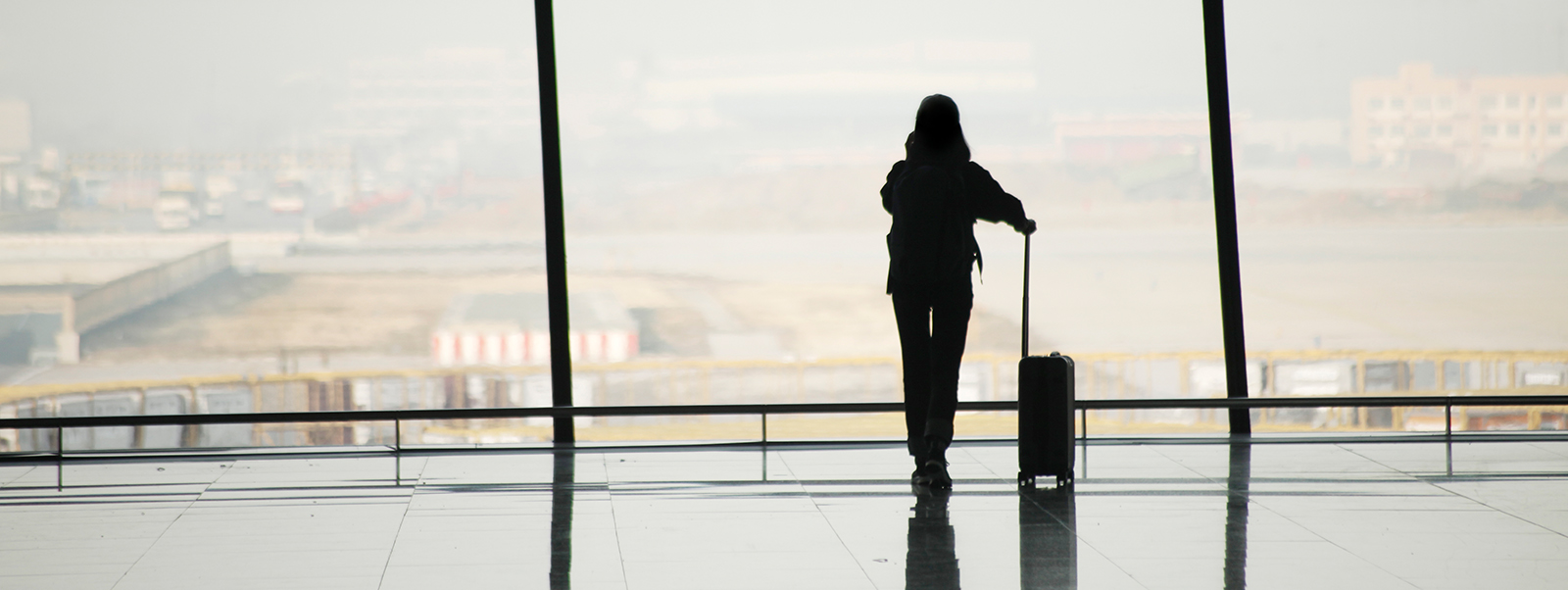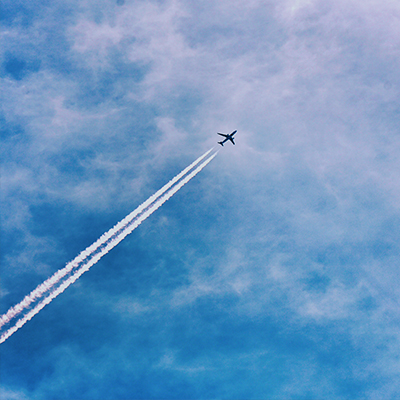By Tom Stalnaker, Khalid Usman, and Andrew Buchanan
This article first appeared in Forbes on December 18.
Months before the first dose of the new COVID-19 vaccine was administered, domestic air travel demand in China had recovered to pre-pandemic levels. Some Chinese carriers were even starting to see profits, despite the fact that international travel was still essentially nonexistent. The same was true in South Korea, where domestic air travel demand had recovered to 80 percent of 2019 levels in November.
Yet, in the United States, passenger demand is still between 30 and 40 percent of what it was in 2019, thousands of airline workers are furloughed, and almost one-third of the active domestic fleet is parked — either waiting to be called back into service or sent into early retirement.
What’s the difference? The key to the recovery of aviation in parts of Asia has been containment of the virus. Based on our calculations, the US recovery has been restricted to a growth rate less than half that observed in markets like China and South Korea where there was effective containment. If, for instance, the US could stop the increase in cases, domestic and short-haul travel volume would be likely to recover to 2019 levels within five to six months. That is opposed to our current outlook, which projects recovery of demand in mid-2022, assuming adequate availability and distribution of a vaccine by yearend 2021.
Bottom line: For airlines in the United States, achieving containment of the virus would provide a boost similar to the vaccine, just sooner.
A year of virus
As the world approaches the one-year anniversary of the pandemic that has disrupted global economies and killed more than 1.65 million people worldwide, the aviation industry remains one of the hardest hit. Several dozen airlines have either been forced to seek bankruptcy protection or stopped flying. Globally, passenger volume is more than 50 percent below 2019 levels, while planned airline capacity is 53 percent lower.
Meanwhile, in many nations, containment of the virus has proved elusive. President-elect Joe Biden plans to call on Americans to wear masks and social distance for his first 100 days in office to stem the tide of new cases. While resistance is expected, the approach has worked elsewhere when coupled with aggressive testing. For instance, without employing extensive lockdowns, South Korea was successful relying heavily on extensive testing, contact tracing, and strict enforcement of mask-wearing and social-distancing.
Without containment, the next hope is the vaccine. American healthcare workers received the first doses of the Pfizer vaccine this week, following the first inoculations ever in the United Kingdom. And vaccine is being rapidly rolled out to healthcare workers. But before the US can relax social distancing and other suppression measures, many health and life sciences experts, including our own at Oliver Wyman, believe that 55 to 60 percent of the population would have to be immune to COVID via a vaccine or from natural infection. We expect to reach that level sometime in the summer 2021. Once inoculated, we anticipate that most people will feel that it’s safe to begin traveling again.
Travelers seeking sun and fun
So far, early recovery in aviation has largely been driven in by the leisure-oriented domestic and short-haul travel markets. In South Korea, for example, much of its domestic air travel recovery was driven by trips to popular vacation destinations, such as Jeju Island. In the US, sun-seeking leisure travelers also were responsible for much of the recovery of domestic travel.
But not all travel will come back that fast even with containment and the vaccine. We expect business travel to lag leisure and may in fact never fully recover — depressed by a new reliance on videoconferencing. A recent Oliver Wyman survey of worldwide business travelers showed that they expected to be traveling less post pandemic. Where only 27 percent of respondents expected to travel less when we asked in May, 43 percent said they anticipated less business travel when we asked again in October. More than six out of 10 told the survey they found videoconferencing an acceptable alternative for managing business relationships for the moment.
Companies are also likely to welcome the cost savings from lower travel budgets given current economic disruption. Most will take a conservative approach and not send employees on the road until they are sure the growth in cases has been quelled. Last month business travel bookings were down a stunning 86 percent in the US, according to the Airlines Reporting Corporation. Even in China, business travel remains off about 40 percent. But the business market is not as important for some airlines as others, so like in China the return of leisure may be enough to improve the financial outlook.
Airline revenue and profits will lag
Even with a recovery of demand, we still do not expect a recovery in airline revenue until the second half of 2023 because of the lag in business travel. Business travelers are an airline’s most valuable customers because they buy more expensive business class seats and their decisions to travel are often last-minute, so they can’t find discounted fares.
Recovery in the longer-haul international travel market is also likely to lag domestic with an anticipated return to 2019 levels in 2024 at the earliest. This is principally because of various nations’ travel restrictions and health protocols. Oliver Wyman’s traveler sentiment survey also found people felt safer staying domestic, fearing that borders could be closed with short notice or quarantine requirements put into effect.
The vaccine will ultimately provide the containment needed in the US to get people flying again. But for the airlines, it means another year at least of slow recovery.



